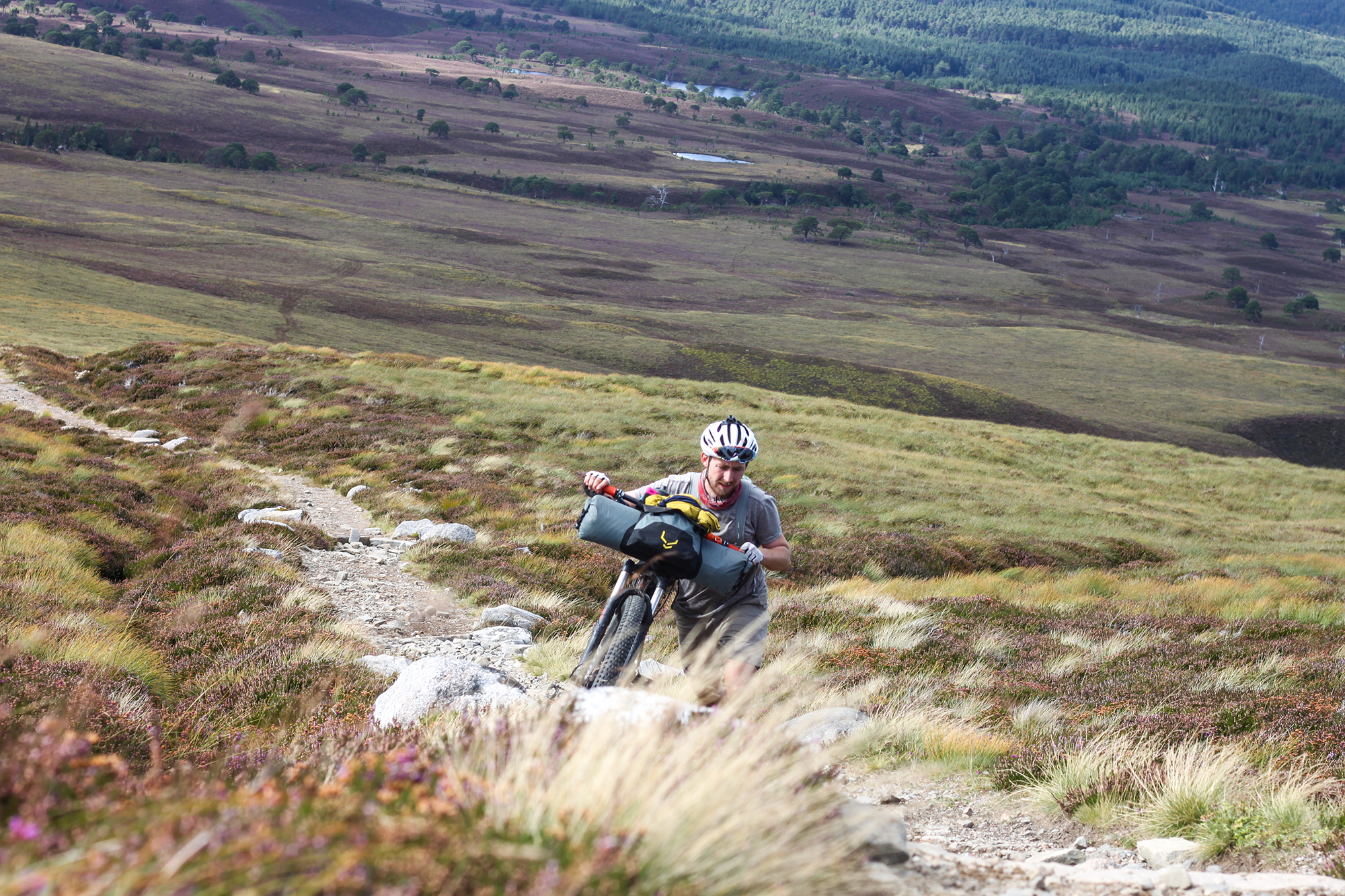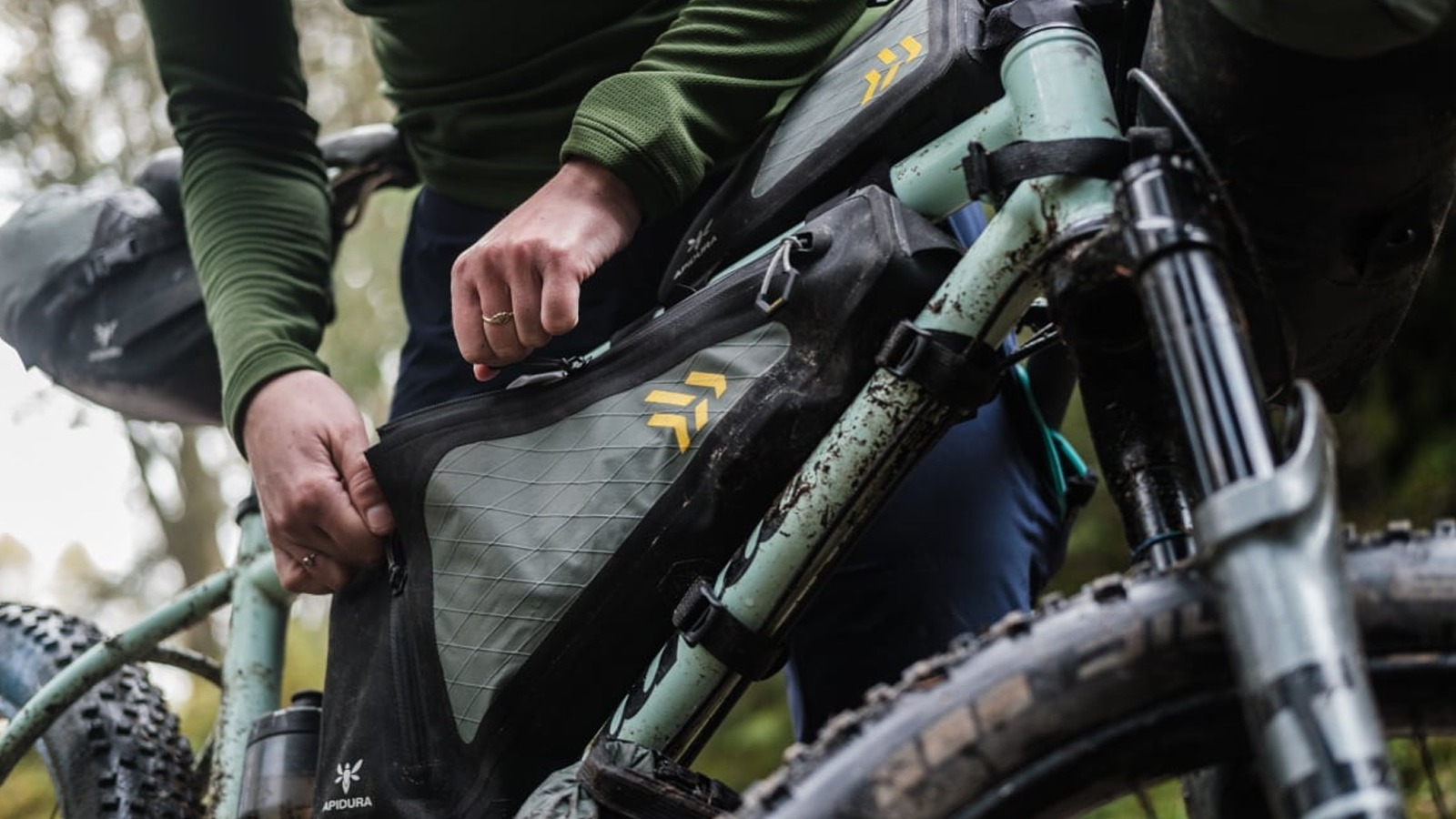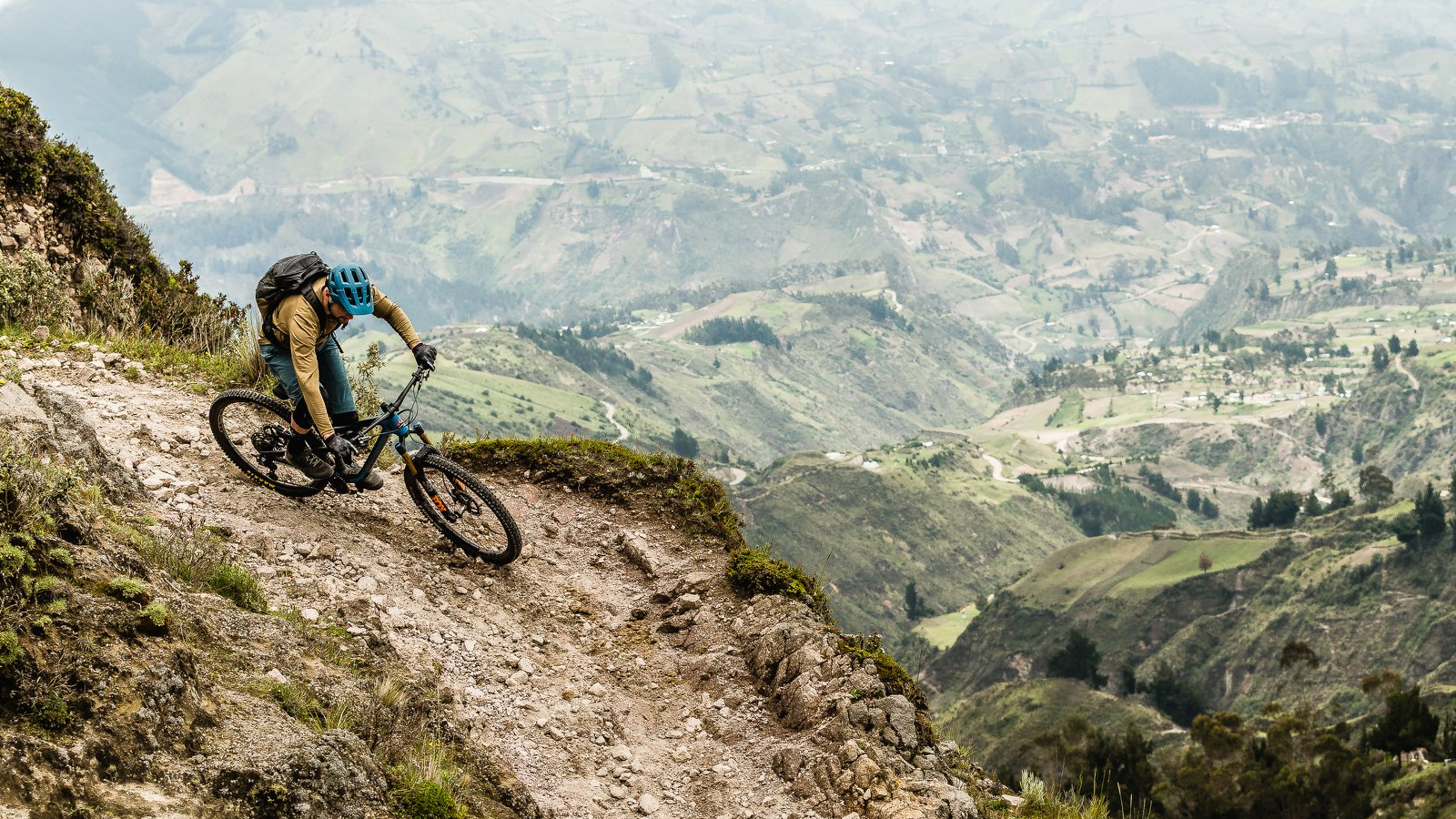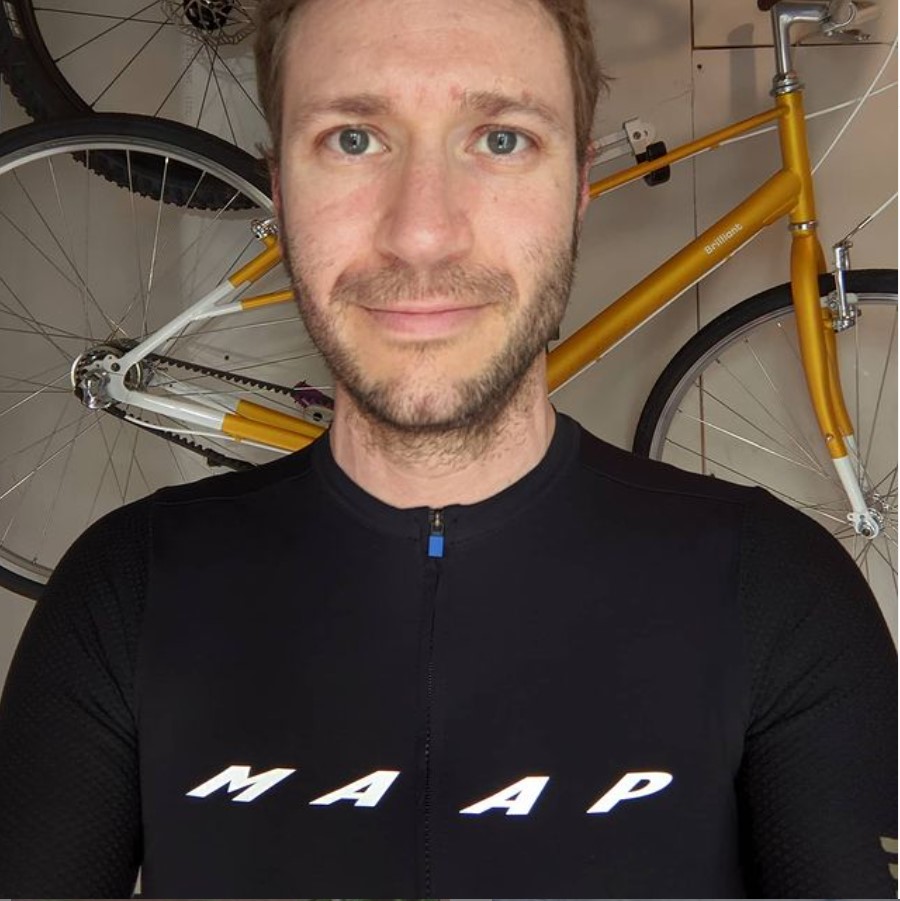Biggest bikepacking mistakes: have more fun and stress less
Save yourself some hair loss and learn from our biggest bikepacking mistakes

The internet is rife with stories of the biggest bikepacking mistakes that make what should be a simple and enjoyable affair more stressful than it needs to be. Despite what our name implies, at Bike Perfect we're only human and we've made a lot of dumb choices over the course of our own bikepacking adventures.
Bikepacking should be simple: all you have to do is pedal, eat and rest. However the choices you make - from planning to execution - will dictate whether you spend the whole time smiling or cursing under your breath.
Luckily for you, we're willing to save you the hassle of learning from your own trial and error. These are some of the biggest bikepacking mistakes we've made, so you don't have to make them yourself.
If you're new to bikepacking, be sure to check out our ultimate bikepacking guide for even more tips.
- Best bikepacking bikes: our pick of adventure-ready rides
- Bikepacking vs touring: understanding the differences
1. Overplanning your day
Why trust BikePerfect
When it comes to bikepacking, time management is key. Everything takes longer than you think, so when you're plotting your routes at home, be realistic about how much distance you can cover.
It's hard to pinpoint exactly why things take longer, but they do. You'll have control over some aspects, like the weight of your bike and the difficulty of the route, but others will be out of your hands, like downed trees from a recent storm, or adverse weather conditions.
Over-planning your day can lead to other avoidable mistakes, like setting up camp in the dark, going off-route because you're tired and can't see properly, and not getting enough rest and recovery before you start again the following day.
By planning each day realistically and leaving room for delays, you can keep a cool head and still enjoy your time in the outdoors.
- Bikepacking: everything you need to know in one place
2. Carrying too much

The less weight you carry, the more efficiently you'll move, plus a heavily-laden bike can feel less stable when traversing uneven ground. So only bring what you need.
Make a list of everything you think you need without holding back, then cross out what doesn't make sense. Do you need evening entertainment when you're likely to sleep as soon as you're horizontal? Will you use a camping kettle if you've already got a small pot?
Take all the things on your list and lay them out; you might immediately spot a few things you don't need. Now pack everything into your bags. Does it all fit? If yes, then you're done. More likely though, you'll need to make another cut.
This is where it gets hard. Consider which items can have more than one use. Some people use a tire lever as cutlery and sleep in the clothes they ride in. Are there lighter and more compact versions of things you're taking?
Don't forget the physicality of bikepacking: leave room for food, and make sure you can easily reach your water. Pack your waterproof jacket near the top so you don't have to empty a bag to find it during a downpour.
Make sure you can actually ride your bike once it's loaded. Check that frame bags don't get in the way of pedaling and bar bags don't impede handling, braking or shifting. Make sure all bags are securely attached, and consider investing in some of the best bikepacking bags.
- Ultimate bikepacking setup: Our perfect bikepacking kit list
- Bikepacking essentials: Our tips to get ready for a bikepacking adventure
3. Carrying too little

The flip side of 'don't carry too much' is 'don't carry too little'. Pack for the kind of ride you're doing; if you're racing, you'll want to shed as much weight as possible, but if you leave no margin for error, you might not finish at all.
Plan for the weather, but remember forecasts aren't always right. Make sure you've always got a waterproof layer, and something to keep you warm when you need it. Also, carry a light just in case, even if you don't plan to be riding after dark.
- Ultimate bikepacking setup: Our perfect bikepacking kit list
- Bikepacking essentials: Our tips to get ready for a bikepacking adventure
4. Not eating enough

Food is fuel, and you're going to need a lot of it. Lael Wilcox, one of the world's leading endurance athletes, drinks cream from the box and eats french fries out of her top tube bag. Don't underestimate what it takes; depending on your body and the riding you're doing, you could be burning around 1,000 calories an hour.
If you've ever bonked on a ride - being so depleted that you can't carry on - you know this is the last thing you need when you're bikepacking. Stay on top of your food intake, consume small amounts at regular intervals, and eat a proper meal when you need it.
Water is just as crucial: carry enough to get between refills, and plan ahead of time where you can top it up. It's also worth making contingency plans for getting water if the stream you planned to filter from isn't running, or the shop you planned to visit is closed.
Above all, make sure you eat and drink enough.
- Best MTB bottle cages: the best bottle cages for bringing water on a MTB ride
- Best hydration packs: our pick of the best MTB hydration packs
5. Being too rigid
Bikepacking is unpredictable, and that's half the fun. You need to be flexible and roll with the punches as they come.
If you need a feeling of control, start with preparation and make sure you've tested everything. Pack your bags and try pedaling while loaded up. Whatever your food and drink setup is going to be, try it out beforehand and make sure it works with your stomach. Plan your route to the best of your ability and then, once you've considered everything, expect the unexpected.
It's important to trust yourself. You can't plan for everything and even if things do go perfectly, it's still going to be hard. Be willing to adapt to whatever situation comes up and know that you can. When problems arise, fall back on your planning.
Be realistic about what you can physically do. Fatigue, injury or poor weather in remote or mountainous locations have life-threatening potential. Knowing when to call it a day on a trip can be hard, especially when you have invested so much time and effort, but it's vital you don't put yourself and others in a dangerous situation. Just remember, there is no shame in bailing on a route because a ride has become unsafe.
Josh Ross was our US tech writer. He's most happy when talking about the finer details of how bicycle parts and components work, and enjoys putting his thoughts to words. He is a road cyclist at heart but can often be found taking the gravel road less traveled. Although he rarely races these days, he still enjoys a good Zwift session and race but will always choose the real world over pixels.
Height: 5'9"
Weight: 137 lb.

